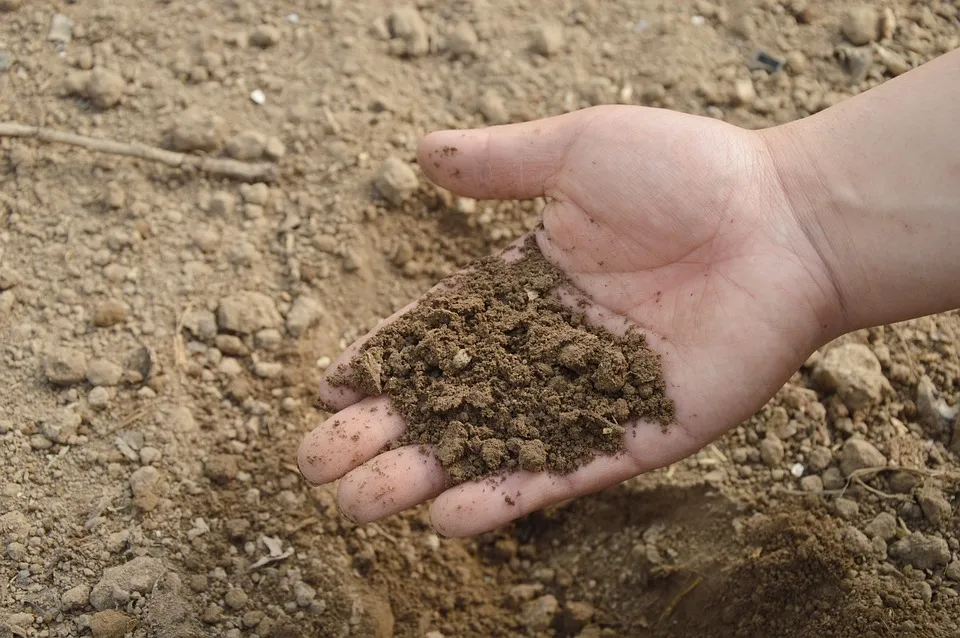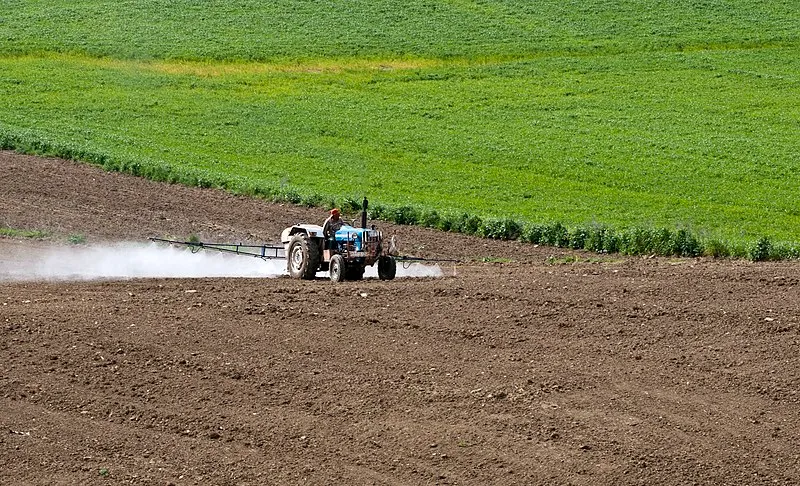The persistence of halogenated compounds in the environment represents a serious contamination problem, especially that due to many insecticides and pesticides that have been used for years in agricultural soils, some of which have already been banned, however their natural degradation in the environment is very slow or practically null. That is why a group of scientists has developed a new method to obtain chemical products used as raw materials in the chemical industry from halogenated compounds present in contaminated soils.

New method could help separate toxic substances from soil by electrolysis. Image credit: pixabay.com.
Many of the basic chemicals for the plastics, dyes and fertilizer industries are usually synthesized using chlorine and bromine gas, very dangerous and highly toxic and corrosive compounds, but through a new method published in the recent issue of the journal Science, researchers have reported that they were able to synthesize compounds called vicinal dibromides and dichlorides by electrolysis, these compounds are important chemical intermediates indispensable in the modern chemical industry and are usually synthesized from the dangerous chlorine and bromine gases.
This new electrochemical method achieves easy and scalable interconversion of vicinal alkenes and dihalides, reactions that can be used to synthesize useful dihalogenated molecules from simple alkenes as well as to recycle waste material by retrodihalogenation using low-cost graphite electrodes. This method represents an important step on the road to a safer chemical industry for people and the environment, as chlorine and bromine gases are difficult to handle and require strict safety protocols, and this method essentially dispenses with that need as it does not use these gases to obtain the desired chemicals.
According to the authors, the procedure would allow obtaining dichlorine and dibromo compounds from a wide range of compounds; 60 different substrates were tested with great success. The highlight of this electrochemical process is that it can be used to separate chlorine and bromine atoms from some molecules used as insecticides, including some such as the potent hexachlorinated insecticide known as lindane, which was dechlorinated to benzene in soil samples, allowing dichlorine and dibromine compounds to be obtained in a safer way and helping to remove these toxic chemicals from the soil and reuse them for our benefit.

Soil pesticide application. Image credit: Wikimedia commons.
Methods like this are very important due to the persistence of halogenated pollutants in the environment, so it is necessary to change approaches to accelerate their remediation, thus, by proposing to obtain commercially valuable chemicals from soils contaminated with halogenated compounds, a form of soil remediation that generates added value would be promoted, allowing to obtain basic halogenated chemicals for other industries in a safer way for people and at the same time decontaminating these soils. An approach that is really necessary at present, since the remediation of contaminated soils and water does not usually have an economic attraction.
Thanks for coming by to read friends, I hope you liked the information. See you next time.
